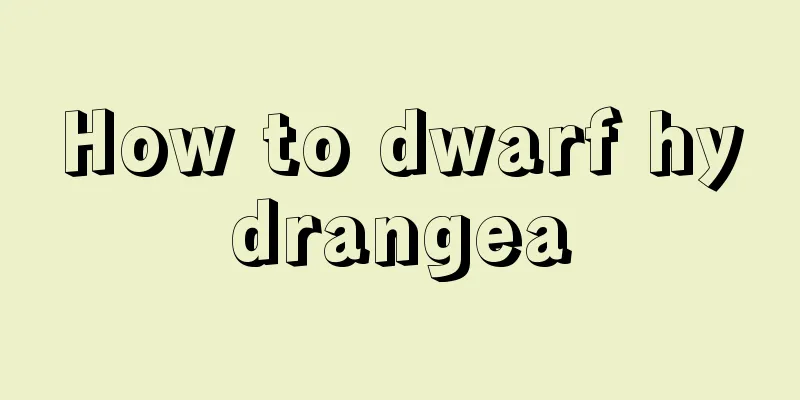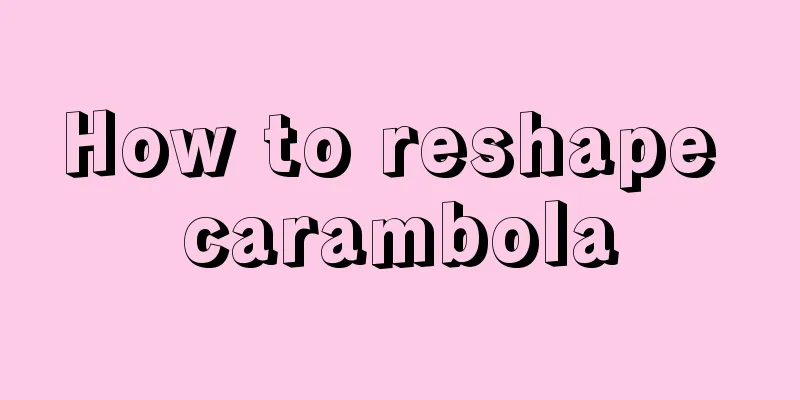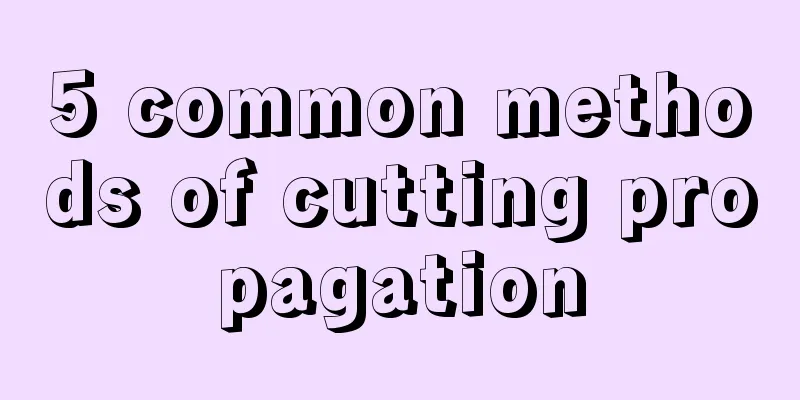How to dwarf hydrangea

The principle of dwarfing hydrangeaThe dwarfing of hydrangea is carried out in late autumn, mainly by cuttings and good management. This is mainly because, when the hydrangea cuttings take root and survive in autumn, it is already the cold winter. At this time, the temperature is low, the growth of the hydrangea will be inhibited, and new buds will be difficult to germinate. In spring, when the temperature rises, the plant wants to maintain its own physiological balance. If it only relies on a small amount of roots to absorb nutrients, it will certainly not be able to meet the growth of the hydrangea plant. Therefore, with fewer roots and less nutrients absorbed, the plant will naturally grow more slowly and will not be very tall. After a period of growth, the plant has not grown very tall, but it has reached its flowering period. All the nutrients of the plant are used for flowering, and the plant will not grow very tall. If you can combine foliar spraying of phosphorus and potassium fertilizers at this time, the plants will have thick branches and stems, dense plant types, and large and colorful flowers. How to dwarf hydrangeaTo dwarf hydrangea, specifically, it is to carry out cuttings in late autumn, choose a sunny place for cuttings, and disinfect the soil before cuttings. When taking cuttings, choose branches of hydrangea that have already bloomed, cut off branches that are relatively strong and have shorter internodes, and require the buds to be full. Prune the branches, cut the upper end flat and the lower end diagonally. It is best to keep 2 leaves. After the cuttings are transplanted, new roots will generally grow in November. At this time, winter has already begun and the plant grows slowly. Insulation measures need to be taken. The plant should be potted in March of the following year. After potting, place the pot in a semi-shaded place to allow the seedlings to grow slowly, and do a good job of water, fertilizer management and ventilation. Note that new buds need to be removed in time, leaving only the main trunk. |
<<: Flowering period regulation of Zygocactus
>>: Fertilization tips for hydrangea
Recommend
How to deal with Astilbe after flowering
Treatment after flowering of Astilbe 1. Pruning A...
Can milk be used to water lucky bamboo? The correct way to water lucky bamboo with milk
Milk Pouring Lucky Bamboo Milk cannot be used dir...
Why do camellias drop their buds?
1. Reasons for flower bud dropping 1. Not adapted...
Should Amaryllis have its leaves cut in December (When should all the leaves of Amaryllis be cut)
How to cut the leaves of Amaryllis and to what ex...
How many days does it take for Chinese cabbage to sprout and emerge from the soil?
As a common green leafy vegetable , chicken feath...
How to Make Christmas Cacti Bloom for Christmas
1. Bud budding in autumn When autumn comes and th...
How to water and fertilize orchids in October
1. How to water orchids in October October is in ...
Can roses be transplanted in winter? Can roses be planted in winter?
Can roses be transplanted in winter? It is best n...
Does Lily Bamboo prefer shade or sun?
Does Lily Bamboo prefer shade or sun? Lily bamboo...
How many years does it take for kiwi fruit to bear fruit? How many years does it take for kiwi fruit to bear fruit?
Kiwi fruiting time Kiwifruit has a long growth cy...
Can lily of the valley be grown hydroponically? Is hydroponics better or soil cultivation better?
Can lily of the valley be grown hydroponically? L...
What does the flowering of succulents indicate?
1. What does the flowering of succulents indicate...
Can carnations be placed in the bedroom?
1. Is it suitable? The answer is of course it is ...
Small details make for beautiful succulents!
Large temperature difference, jelly color The suc...
When is rapeseed harvested?
The best time to harvest rapeseed is in summer an...









